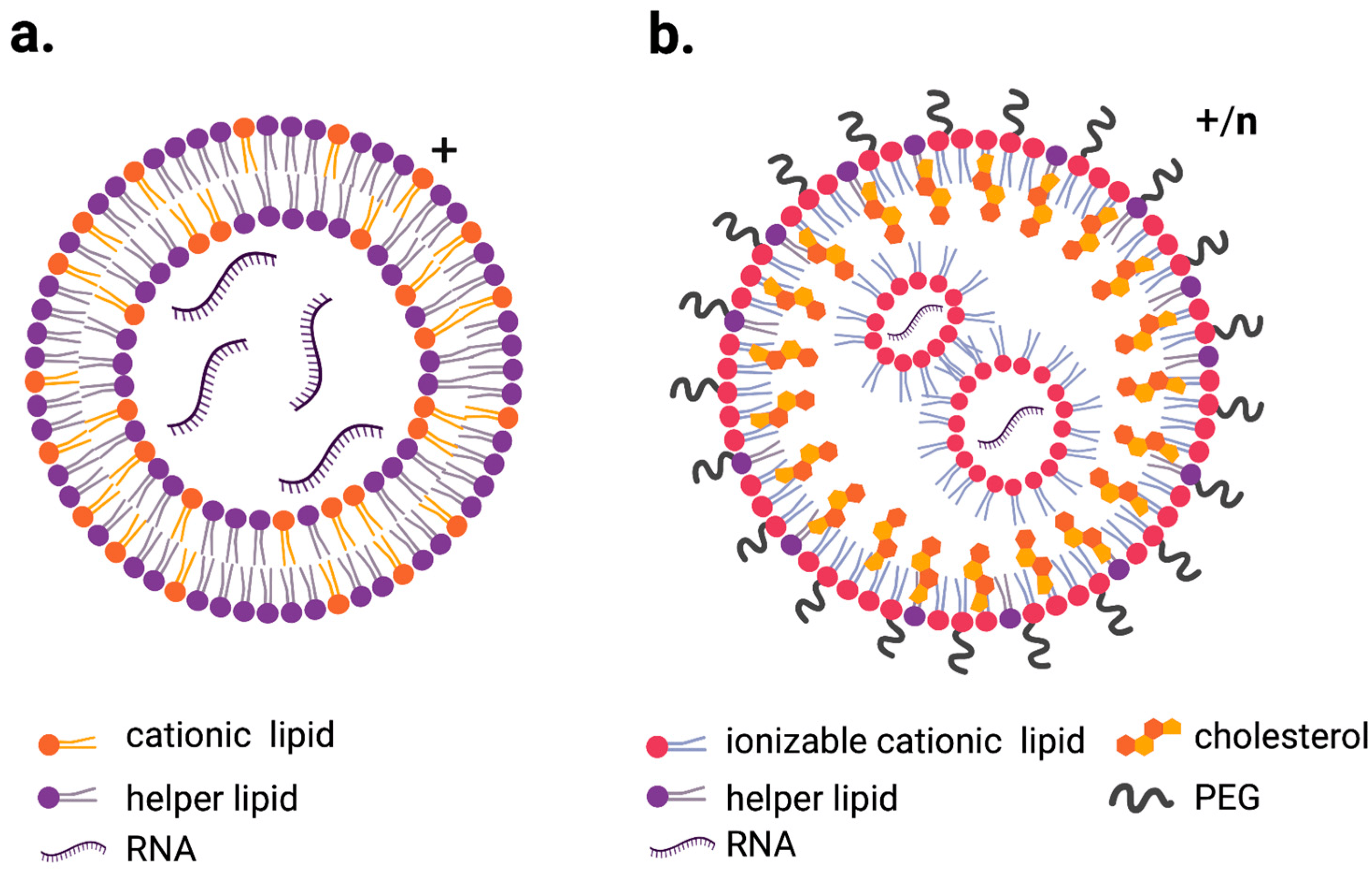Lipid nanoparticles have emerged as a groundbreaking technology in the field of drug delivery, particularly for mRNA-based therapies and vaccines. Their role in the rapid development and deployment of COVID-19 vaccines has brought them to the forefront of scientific innovation. This article explores how lipid nanoparticles work, their applications in mRNA delivery, and their potential to revolutionize medicine.
Understanding Lipid Nanoparticles
Lipid nanoparticles (LNPs) are tiny spherical particles composed of lipids, which are fat-like molecules. These nanoparticles typically range in size from 20 to 200 nanometers and are designed to encapsulate therapeutic agents, such as mRNA, to protect them from degradation and facilitate their delivery into cells. The lipid composition of LNPs allows them to merge with cell membranes, releasing their cargo directly into the cytoplasm.
How Lipid Nanoparticles Facilitate mRNA Delivery
mRNA, or messenger RNA, carries the genetic instructions for cells to produce specific proteins. For mRNA to be effective as a therapeutic agent, it must enter the target cells intact and be translated into the desired protein. However, naked mRNA is highly susceptible to degradation by enzymes in the body and has difficulty crossing cell membranes. This is where lipid nanoparticles come into play.
Lipid nanoparticles act as a robust shield, safeguarding mRNA from enzymatic degradation and enhancing its stability in the bloodstream. They also play a crucial role in the uptake of mRNA by cells through endocytosis, a process where the cell membrane engulfs the nanoparticle. Once inside the cell, the lipid nanoparticle liberates the mRNA into the cytoplasm, where it can be translated by the cell’s ribosomes into the target protein.
Applications of Lipid Nanoparticles in mRNA Delivery
The use of lipid nanoparticles in mRNA delivery has been pivotal in several key areas:
1. Vaccines:
The most prominent example of lipid nanoparticles in mRNA delivery is their use in COVID-19 vaccines, such as those developed by Pfizer-BioNTech and Moderna. These vaccines utilize mRNA to instruct cells to produce the spike protein of the SARS-CoV-2 virus, eliciting an immune response. The success of these vaccines has demonstrated the potential of mRNA-LNP technology to rapidly respond to emerging infectious diseases.
2. Cancer Immunotherapy:
Lipid nanoparticles are being explored for delivering mRNA-based cancer immunotherapies. These therapies aim to instruct the patient’s own immune system to recognize and attack cancer cells. For instance, mRNA can encode tumor-specific antigens, which, when produced by the body’s cells, stimulate an immune response against the cancer.
3. Protein Replacement Therapies:
Certain genetic disorders result from the absence or malfunction of specific proteins. mRNA therapies delivered via lipid nanoparticles can provide the instructions for cells to produce these missing or defective proteins, offering a potential treatment for diseases such as cystic fibrosis and certain types of hemophilia.
4. Gene Editing:
Lipid nanoparticles are also being used to deliver mRNA that encodes gene-editing tools like CRISPR-Cas9. This allows for precise modifications of the genome to correct genetic defects at their source. The ability to efficiently deliver these tools to specific cells opens up new possibilities for treating a wide range of genetic disorders.
Benefits of Using Lipid Nanoparticles in mRNA Delivery
The use of lipid nanoparticles in mRNA delivery offers several significant advantages:
– Enhanced Stability: LNPs protect mRNA from degradation by nucleases in the bloodstream, ensuring that it remains intact long enough to reach its target cells.
– Efficient Delivery: LNPs facilitate the uptake of mRNA by cells, improving the efficiency of gene expression and protein production.
– Biocompatibility: Lipid nanoparticles are generally well-tolerated by the body and can be engineered to minimize immune responses and other side effects.
– Versatility: The technology can be adapted for a wide range of applications, from vaccines to gene therapy, making it a versatile tool in the field of medicine.
Challenges and Future Directions
While lipid nanoparticles have shown great promise, there are still challenges that need to be addressed to fully realize their potential:
1. Targeting Specific Cells:
Achieving precise targeting of specific cell types or tissues remains a challenge. Researchers are exploring ways to modify the surface of LNPs with ligands or antibodies that can recognize and bind to specific cell receptors, improving targeting accuracy.
2. Long-Term Safety:
The long-term safety of repeated LNP administration is still under investigation. It is essential to thoroughly study potential toxicities and immune responses associated with chronic use of lipid nanoparticle-based therapies.
3. Manufacturing and Scalability:
Producing LNPs at a large scale with consistent quality is critical for widespread clinical use. Advances in manufacturing techniques and quality control measures are necessary to meet the demands of global healthcare.
4. Regulatory Hurdles:
Navigating the regulatory landscape for mRNA-LNP therapies requires clear guidelines and rigorous testing to ensure safety and efficacy. Collaboration between researchers, industry, and regulatory bodies is essential to establish standardized protocols and expedite the approval process.
The Future of Lipid Nanoparticles in Medicine
The success of lipid nanoparticles in delivering mRNA for COVID-19 vaccines has spurred interest and investment in this technology. Researchers are now exploring a broader range of applications, aiming to harness the full potential of LNPs for various therapeutic purposes.
Personalized Medicine:
One exciting prospect is the development of personalized mRNA therapies. By tailoring mRNA sequences to the specific genetic makeup of an individual, it may be possible to create highly personalized treatments for a variety of diseases. This approach could revolutionize the treatment of cancer, genetic disorders, and rare diseases, providing customized solutions that are more effective and have fewer side effects.
Infectious Diseases:
Beyond COVID-19, mRNA vaccines delivered by lipid nanoparticles hold promise for preventing other infectious diseases. Researchers are working on mRNA vaccines for influenza, HIV, Zika virus, and more. The ability to rapidly design and produce mRNA vaccines in response to emerging pathogens makes this technology a valuable tool in global health.
Chronic Diseases:
Lipid nanoparticles could play a significant role in treating chronic diseases that require ongoing therapy. For example, mRNA therapies delivered via LNPs could provide continuous production of therapeutic proteins, reducing the need for frequent injections or infusions. This approach could improve the quality of life for patients with chronic conditions like diabetes, hemophilia, and cardiovascular diseases.
Regenerative Medicine:
Another exciting application is in regenerative medicine. mRNA delivered by lipid nanoparticles can be used to produce growth factors and other proteins that promote tissue repair and regeneration. This could lead to new treatments for conditions such as spinal cord injuries, heart disease, and degenerative disorders.
Conclusion
Lipid nanoparticles represent a transformative technology in the field of drug delivery, particularly for mRNA-based therapies and vaccines. Their ability to protect and efficiently deliver mRNA into cells has opened up new possibilities for treating a wide range of diseases. From the success of COVID-19 vaccines to potential applications in cancer immunotherapy, protein replacement, and gene editing, lipid nanoparticles are poised to revolutionize medicine.
Despite the challenges that remain, the future of lipid nanoparticles in medicine looks promising. Continued research and innovation, along with collaboration between scientists, clinicians, and regulatory bodies, will be crucial in overcoming these challenges and unlocking the full potential of this remarkable technology. As we move forward, lipid nanoparticles could become a cornerstone of modern healthcare, offering new hope for patients worldwide.
For more detailed information on this topic, you can explore nanoparticles in mRNA.




